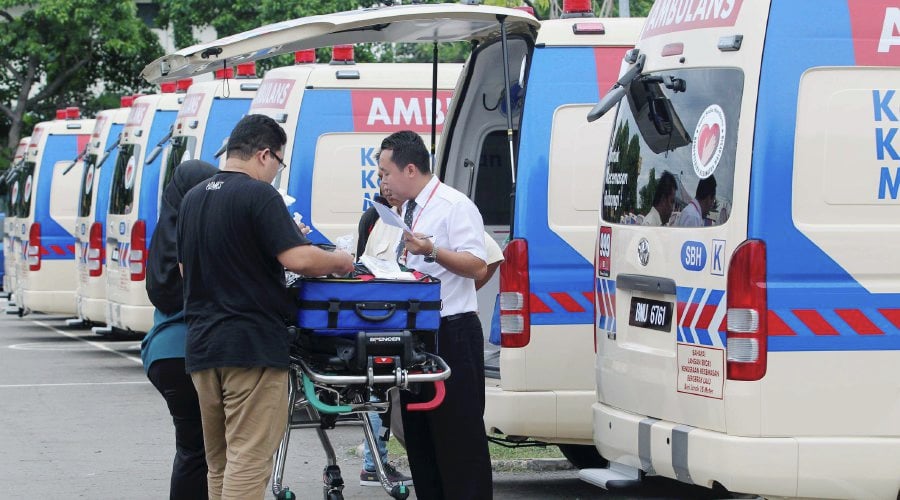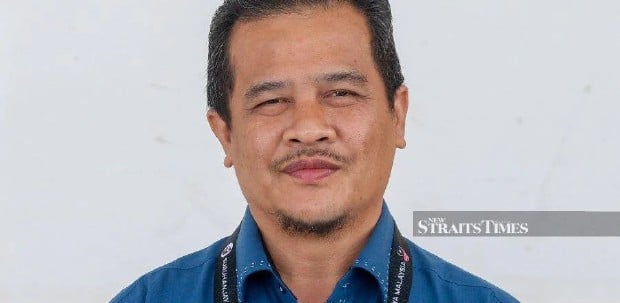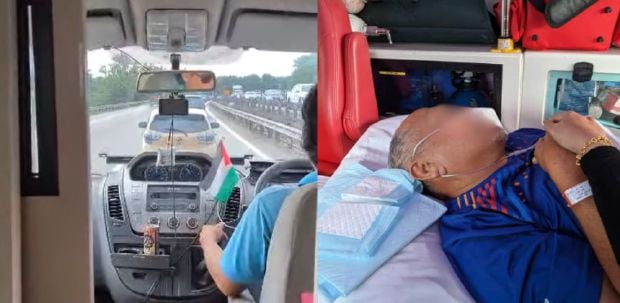Terence Gaspar, a Kulim resident, has expressed concern over what he claims is a shortage of ambulances and equipment at Kulim Hospital and government clinics in the district.
Terence said he discovered the shortcomings after rushing his mother, who had
suffered a cardiac arrest, to the Lunas health clinic on Nov 14.
He claimed that his mother, who was in a critical condition, had to wait for more than an hour for an ambulance even though the hospital was just 12km away from the clinic.
However, Terence said a doctor from the hospital was in the ambulance to provide first aid.
He also praised the hospital’s medical staff for reviving his mother by performing cardiopulmonary resuscitation (CPR).
“I was informed that out of nine ambulances at the hospital, only five are in service.
“I was also informed that the hospital has yet receive two additional ambulances,” said Terence, who is a technical programme manager at a multinational company.
He said “very few beds” were available at the hospital’s emergency ward, regular wards, Intensive Care Unit (ICU) and Cardio Care Unit (CCU).
He also claimed that Kulim Hospital lacked funds and was using old equipment, some more than 20 years old.
Terence said this was worrying as there were no private hospitals in Kulim, which is home to some 25,000 people who were working at an industrial park nearby.
ACTIONLINE:

Kedah Health Department director Datuk Dr Norhizan Ismail said Kulim Hospital had nine ambulances on Nov 14, and six were functioning.
He said five of the functioning ambulances were owned by Kulim Hospital, and one was loaned from concession company Edgenta Mediserve Sdn Bhd.
“The remaining three ambulances are owned by Kulim Hospital. One of them is under repair while the others are not fit for use.”
Dr Nohizan said the ambulance at the Lunas health clinic was certified as ‘beyond economic repair’ early this year.
“During the incident, our medical officer at the Lunas health clinic called up the Medical Emergency Call Centre in Alor Star requesting for an ambulance from Kulim Hospital. Based on our investigations, there was no delay in responding to the call. The time taken to arrive at the Lunas health clinic was 39 minutes.
“Our paramedics had to load the ambulance with the necessary equipment, including a portable ventilator and the infusion pump, to transfer the patient,” he said, adding that these were not routine equipment in ambulances.
Dr Norhizan said initial investigations revealed that the hospital and clinic staff had acted in accordance with standard operating procedures.
He also said three new ambulances were expected to arrive at Kulim Hospital by early next year.
Dr Norhizan said the hospital had 350 beds with an average occupancy rate of 85 per cent.
“There is no acute shortage of beds in the Emergency Department and regular wards,” he said, adding that there were three beds in the CCU and seven beds in the ICU.
Dr Nohizan said a RM20 million multi-storey block would be built to increase the number of hospital beds, adding that the project was in the planning stage.
He said in the event of a shortage of beds at the ICU and CCU, patients could be transferred to Sultanah Bahiyah Hospital in Alor Star or Sultan Abdul Halim Hospital in Sungai Petani.
“Also, all medical equipment is under the care of concession companies. In 2015, we received RM4.45 million to replace old medical equipment in the hospital.
“Kulim Hospital received an operational budget of RM121.3 million this year, compared with RM107.8 million in 2015.”





